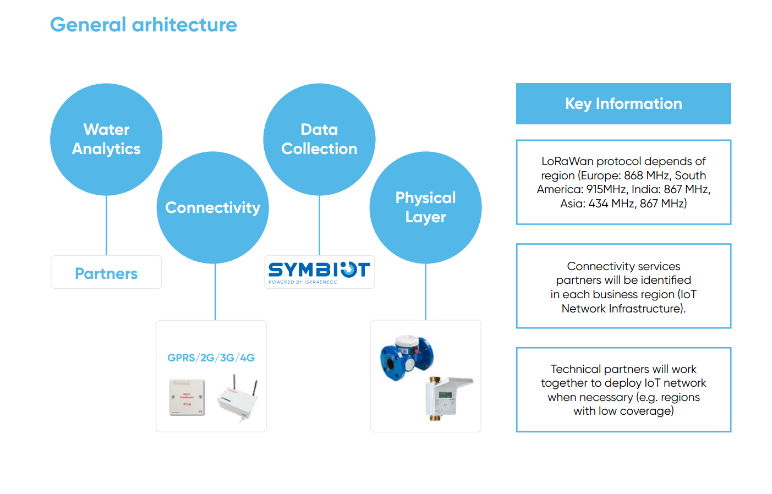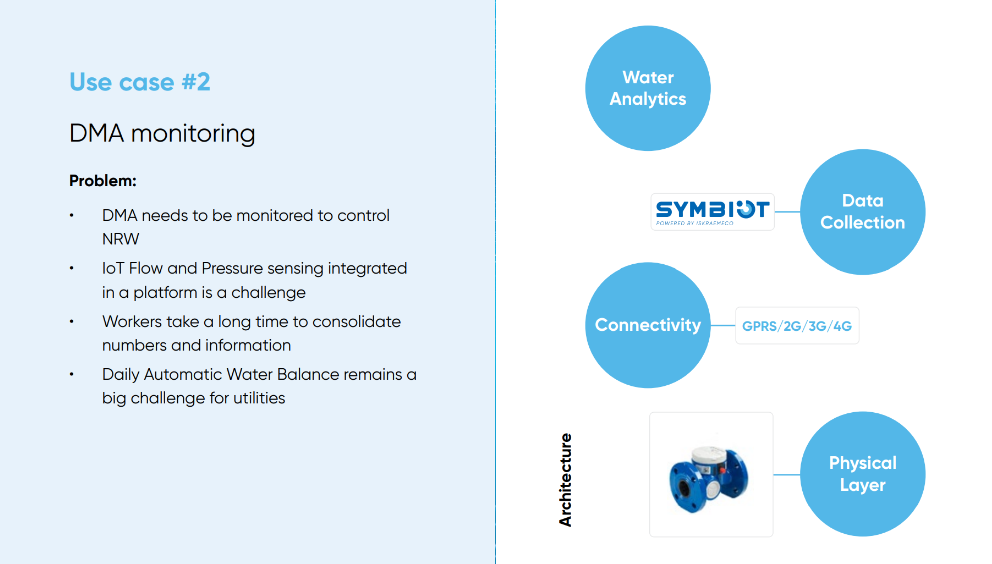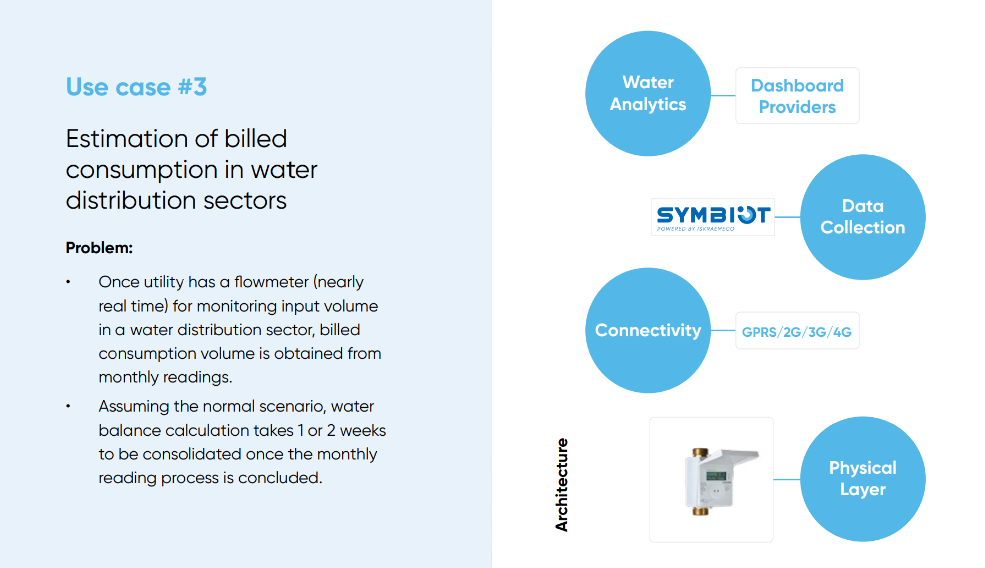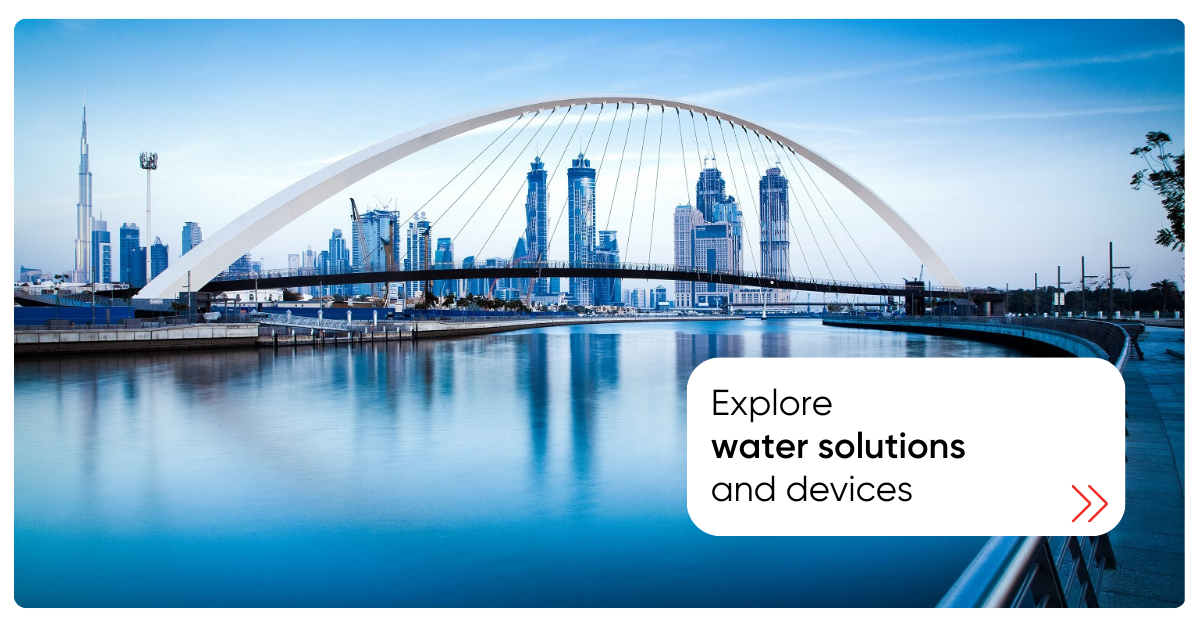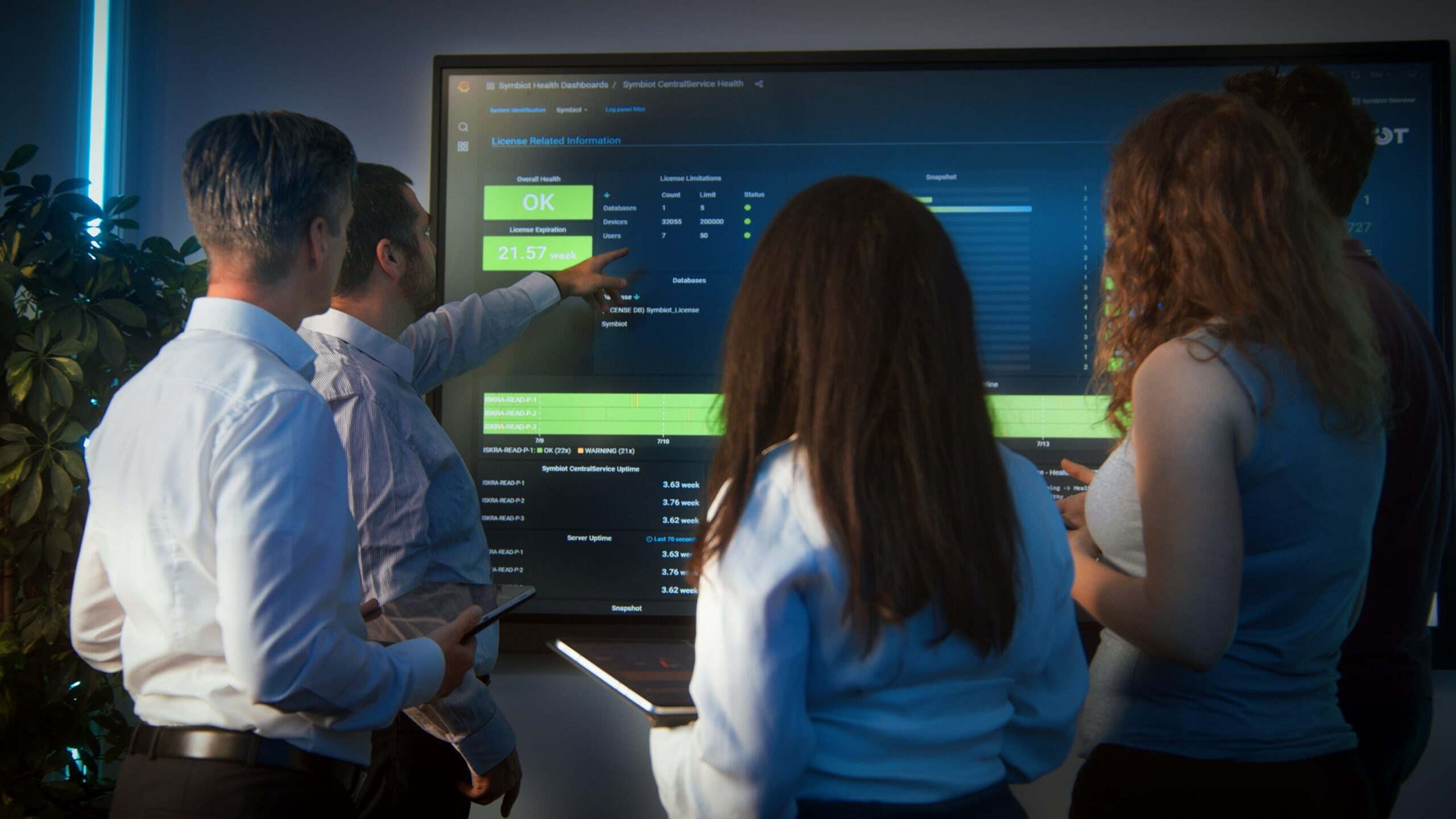To address these challenges, Egypt has implemented various water management strategies, including:
- Developing new water sources: Egypt has constructed desalination plants to provide drinking water and reduce pressure on the Nile. The country is also exploring other alternative sources of water such as wastewater treatment and reuse.
- Improving irrigation techniques: the government has invested in modernizing the irrigation systems and promoting the use of efficient irrigation techniques to reduce water waste in agriculture, which accounts for about 85% of the country’s water consumption.
- Water conservation measures: Egypt has launched campaigns to raise awareness about water conservation and encourage citizens to adopt water-saving practices, such as fixing leaks and reducing water consumption at home.
- International cooperation: Egypt has been involved in negotiations with Ethiopia and Sudan to reach an agreement on the management of the Nile waters and GERD. The country has also collaborated with other countries, such as Israel, to share its expertise in water management.
National water resources plan for Egypt (2017-2037)
The National water resources plan for Egypt for the period 2017-2037 (NWRP 2037) is a comprehensive strategy developed by the Egyptian government to manage the country’s water resources in a sustainable and equitable manner. The plan aims to ensure the availability of water resources for various uses, including domestic, agricultural, and industrial, while protecting the environment and ensuring the long-term sustainability of water resources.
Overall, the NWRP 2037 is a comprehensive strategy that recognizes the challenges of managing water resources in Egypt and sets out a roadmap for sustainable and equitable water management. The successful implementation of the plan requires the cooperation and participation of all stakeholders, including the government, private sector, and civil society.
Water utilities in Egypt
In Egypt, water utilities are responsible for managing, treating, and distributing water to households, businesses, and industries. There are several water utilities in Egypt that operate at different levels, including national, regional, and local. The national water utility in Egypt is the Holding Company for Water and Wastewater (HCWW), which oversees and manages the operations of 25 regional water and wastewater companies across the country. The HCWW is responsible for ensuring the provision of safe drinking water and treating wastewater in Egypt.
At the regional level, the water and wastewater companies are responsible for managing the water supply and wastewater treatment in their respective regions. They operate and maintain water treatment plants, pipelines and distribution networks, and wastewater treatment facilities. At the local level, there are small water and wastewater companies and cooperatives operating in rural areas where water supply and wastewater treatment infrastructure is less developed.
In recent years, the Egyptian government has been investing in upgrading the water infrastructure and improving the efficiency of water utilities. This includes expanding water treatment and distribution networks, upgrading wastewater treatment facilities, and promoting the use of modern technologies to improve water resource management. However, despite these efforts, the water sector in Egypt continues to be faced with multiple challenges, including water scarcity, aging infrastructure, and inadequate investment in water and wastewater treatment facilities. These challenges have contributed to the poor quality of water supply and sanitation services in some, mainly rural, areas.
In summary, water utilities play a critical role in ensuring access to safe and reliable water supply and sanitation services in Egypt. The government’s efforts to upgrade the water infrastructure and improve the efficiency of water utilities are essential to meeting the growing demand for water and addressing the challenges facing the water sector in the country.
Iskraemeco water solutions
Faced with growing challenges of aging infrastructure, increasing demand, and climate change, water utilities are looking for ways to stay at the cutting edge and evaluate innovative ways to prioritize and optimize resource activities and investments in their water pipeline network. Iskraemeco could help water utilities transition water distribution systems to smart meter technology. The use of digital solutions and data-driven technologies has revolutionized business operations and processes. In the water market, three factors are relevant to the adoption of data-driven solutions: efficiency, costs and regulations.
Iskraemeco’s digital water solutions deliver the following objectives:
- Create automatic (daily, weekly, or monthly) calculation and visual presentation of water balance, as recommended by IWA (International Water Association), using digital information already available from existing customer’s systems.
- Build a data driven digital risk profile of the entire network incorporating likelihood of failure.
- Mitigate risk and reduce costs by presenting pipeline risk across the entire network.
- Prioritize team and technology deployment by targeting key areas of focus.
Pipeline network
- Minimum requirement: Accurate pipeline locations (GIS polyline format).
- Desirable attributes: Pipe diameter, length, age, material, pressure, depth, slope. Any additional spatial data for the network is also valuable for classifying pipeline sections (e.g., locations of valves, meters, hydrants, outflows etc.).
Historic incidents
- Minimum requirement: Incident locations (GIS point format).
- Desirable attributes: Incident type (leak, collapse, etc.), date (reported and repaired), leakage rate. All data provided by the customer should be provided with accompanying metadata that explains any named attributes and coded values (e.g. material types).
Water balance calculation
One of the most important components of a water loss program is to assess and understand the components of water loss. However, it is equally important to understand that the accuracy of any calculated water loss volume depends on the accuracy and quality of the data used for the calculations. The first step in this analytical process of evaluating and calculating the volume of real and apparent losses is to perform an IWA/AWWA recommended standardized top-down water balance. For this purpose, it would be highly recommended to connect to all systems that collect and monitor data in the water distribution system, e.g. SCADA Data, Flow and Pressure and Tank Level from telemetry system. Once data are integrated, they will be saved in a reliable and secure data lake. To function, the software requires a set of data created by other modules:
- Data about network from Geodetic module
- GIS – SCADA link
- GIS – Billing link
The software warns (via alarm and notifications) possible leaks in the water supply system. It tracks data about:
- Hourly balance
- Daily balance
- Minimum night inflow
- Real losses according to IWA recommendation
- Cost – benefit effectiveness
- Apparent losses


